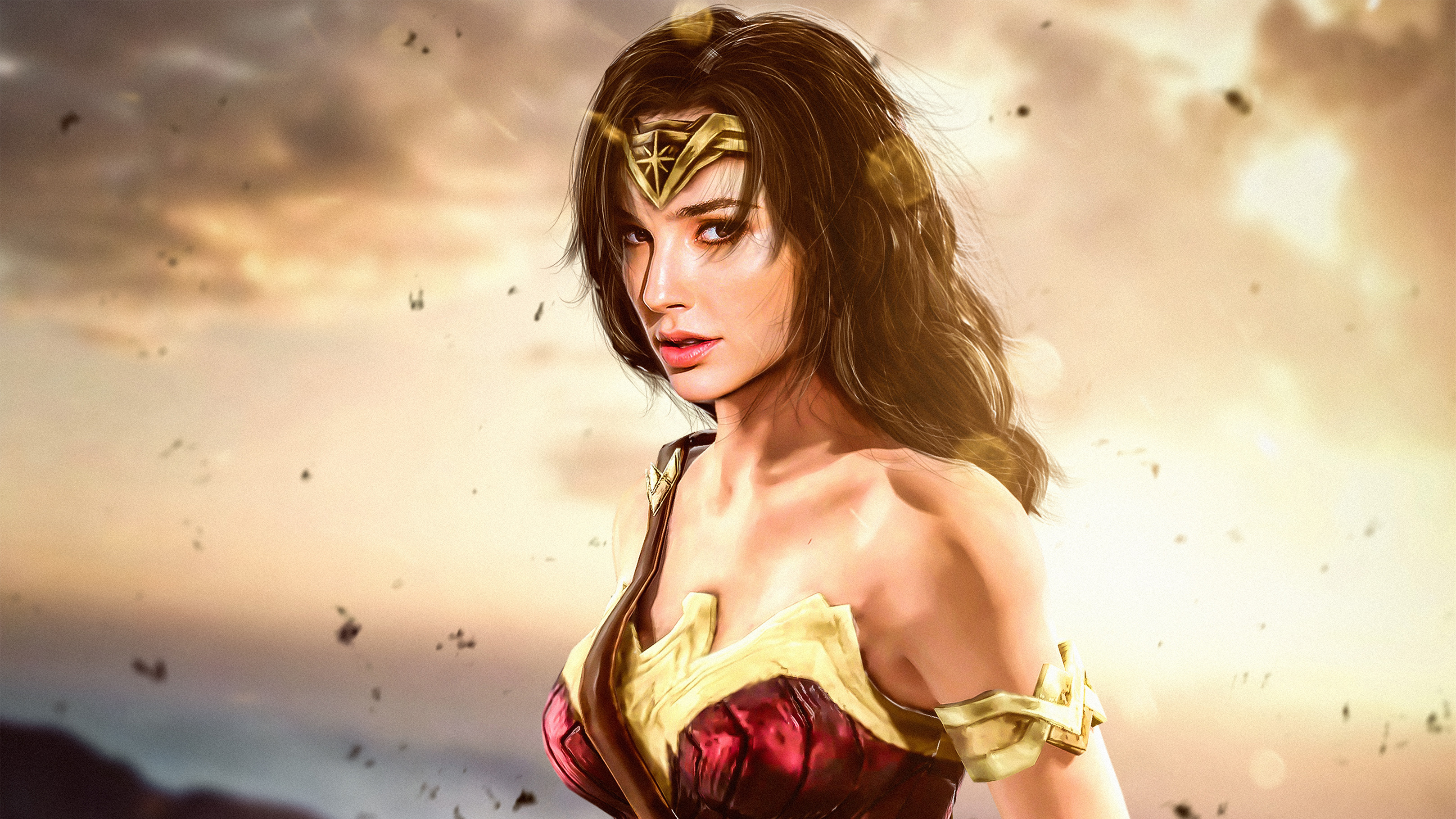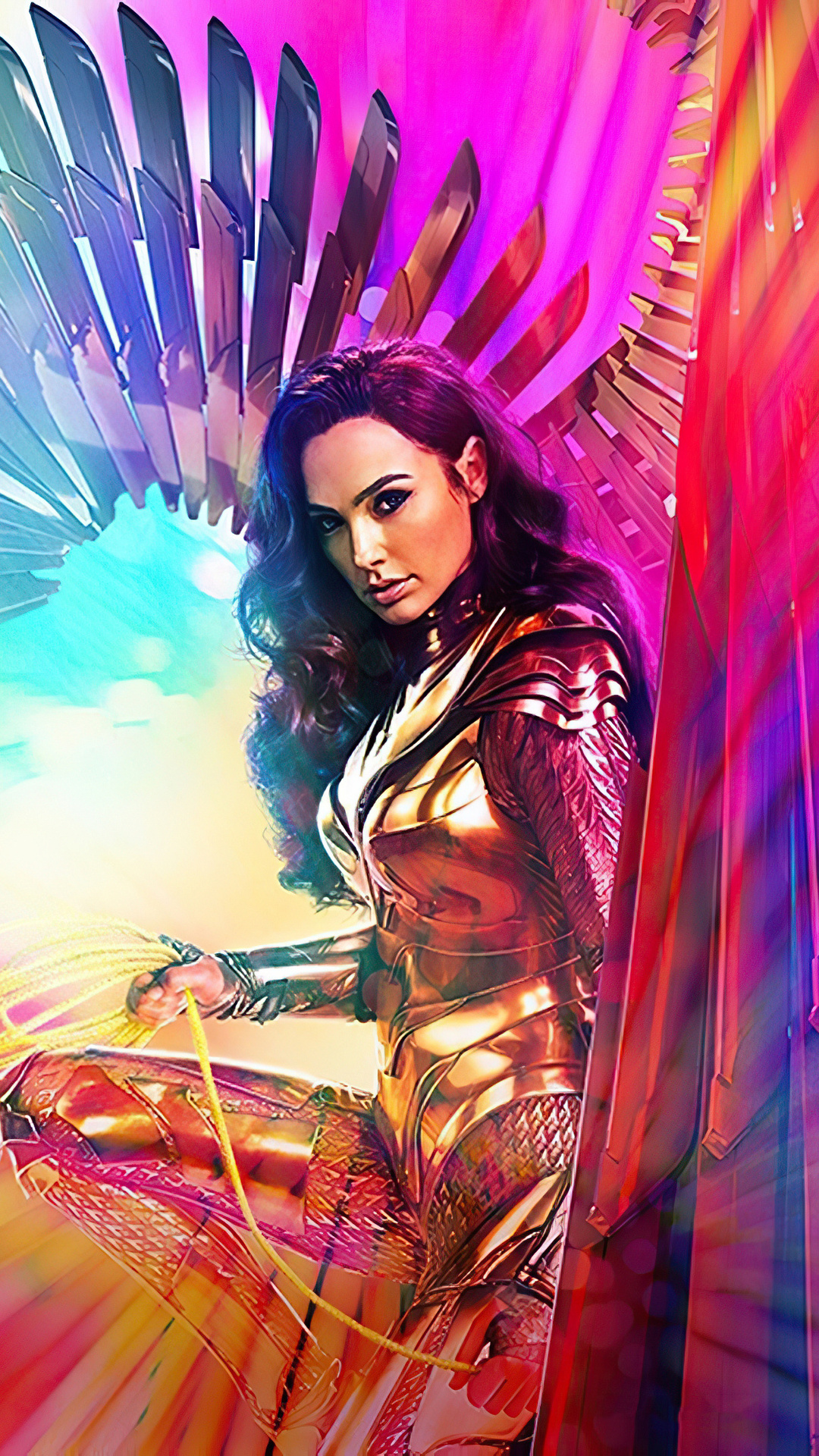

#WONDER WOMAN 1984 MOVIE#
What is Wonder Woman doing in these campy, recycled digs? Who knows? Clearly not the filmmakers.Įventually, the movie gets down to its 1984 business, and the pace drifts into lethargy. Diana Prince (Gal Gadot), hijack a Soviet cruise missile, toss jelly beans at Ronald Reagan? As it turns out, the year mostly proves an excuse to pile on side ponytails, fanny packs and nostalgic nods to the kind of Hollywood blowouts that feature cartoonish violence and hard-bodied macho types. The sequel’s title, “Wonder Woman 1984,” suggests that some juicy Orwellian intrigues are in the offing. The first movie is set largely during World War I, which set a lofty bar for the scope and the import of future adventures. She was sovereign, powerful and lightly charming, and even when the movie had teasing fun with her it took the character, her mighty sword and cultural significance seriously. And, yay! The movies love sexpot vixens vamping in fetish wear (meow) and nice girls simpering in the wings, so it was relief that this Wonder Woman was neither. After 76 years without a blockbuster to call her own - she muscled into comics, bracelets flashing, in 1941 - she had made it, becoming a box-office sensation. When Wonder Woman first hit the big screen in 2017, the possibilities for the character felt endless. And my cast here, of course, you know, made it a pure delight. We just had incredible people working on this and making these magical things happen. And so that was an incredible challenge, great artisans and my amazing second unit director, Dan Bradley, my amazing stunt coordinator, Rob Inch. That was all wire work that we were able to design and engineer to get every single move there, because no one‘s ever tried to do something like this in a real location.

100% real, not one digi double, not one special effect to make that happen.

All of these things, including this shot right here of these human bodies slamming, and Wonder Woman jumping over the barrier and flying through the air. So that was a great thing to get into ala the ’80s of it all, but also employing new technology. So of course, she goes into struggles immediately and doesn‘t get to just let loose and have fun. So getting to play with that version of Wonder Woman, which was something we hadn‘t gotten to touch on yet in the first film, was something that I realized I wanted to do right up front, because our story would not allow for her to have much more of that, because I always end up engaged with the main character‘s point of view. Lynda Carter‘s Wonder Woman was such a huge moment for Wonder Woman and her history in the world, and huge to me, because that‘s what I grew up watching. ”We won‘t be doing that today.” Where they‘re just on top of the world and you‘re watching them take care of everything. It‘s something that I love in so many superhero films. In addition, I was craving seeing Wonder Woman at the height of her powers and having a good time, saving the day with no stakes. So we immediately wanted to have a fun and engaging playful scene, which I‘m very excited to be with kids and watch them watch this scene. It‘s the heroes of tomorrow you‘re trying to inspire. So the immediate thing is, how do you do that and reach the audience that is most important to reach with that kind of message? Which is the youth audience. ”What are you doing?” What was most important to me about this scene, was when I thought about what we were going to do with the second film, I realized we wanted to say something much more serious and kind of important than we did with the first film. And the first scene where we see Wonder Woman as an adult in our film. The only thing we‘ve seen leading up to this is a flashback. It is the first scene in the film that happens to take place in current day. I am the director of Wonder Woman 1984.” ”We need the police here right now!” So this is a scene which we had so much fun doing. Transcript ‘Wonder Woman 1984’ | Anatomy of a Scene Patty Jenkins narrates a sequence from her film.


 0 kommentar(er)
0 kommentar(er)
